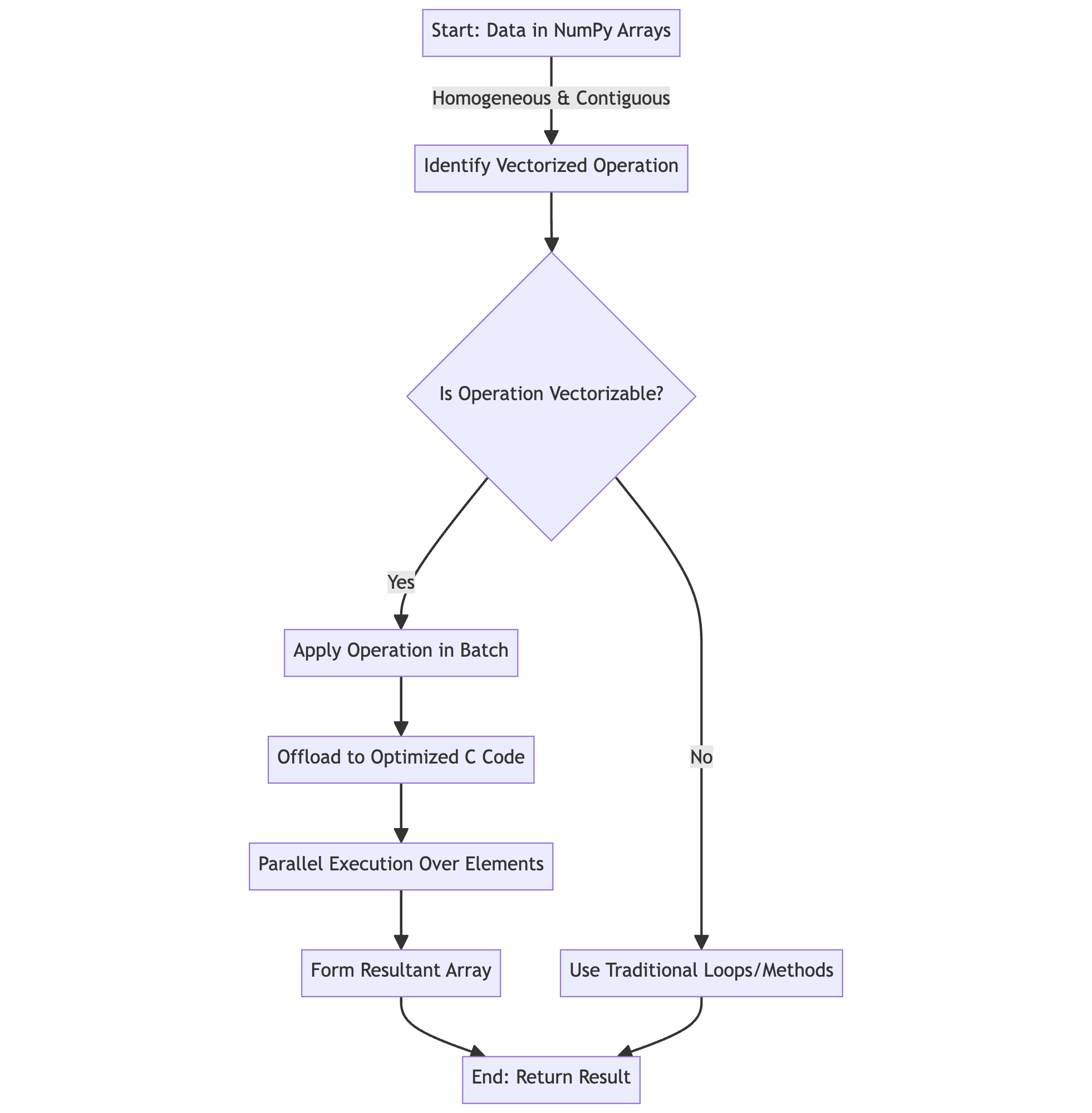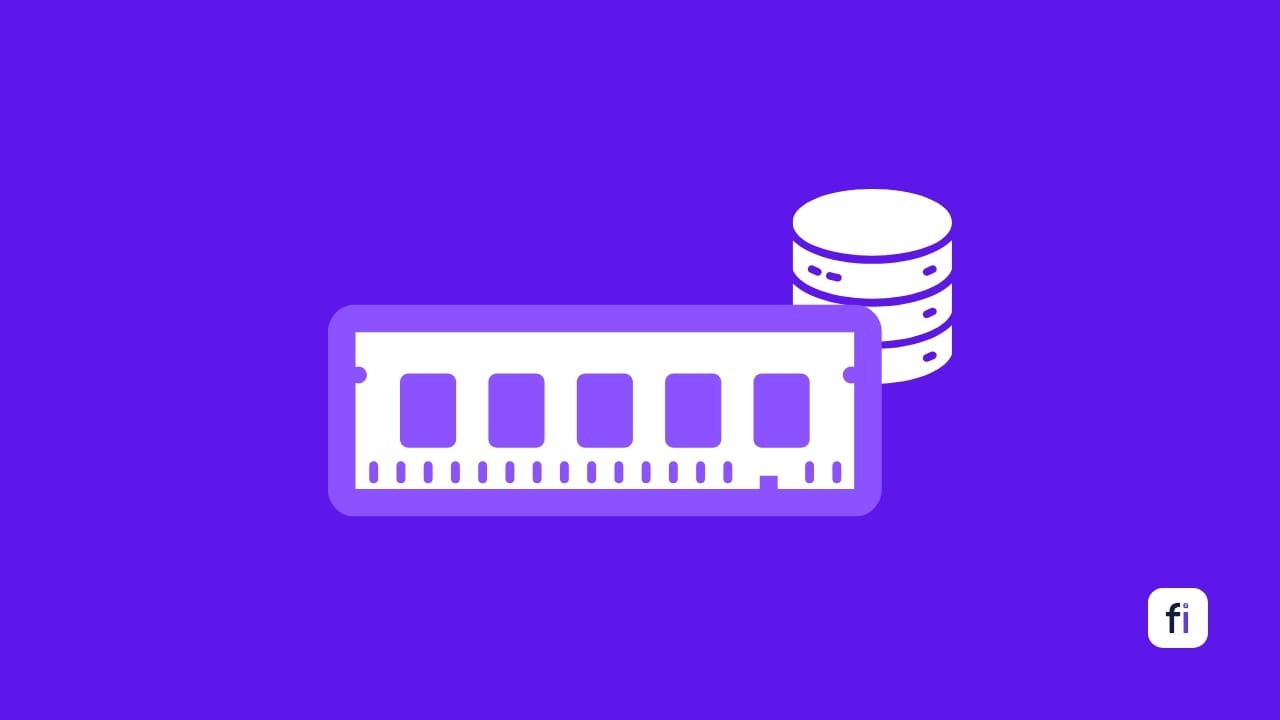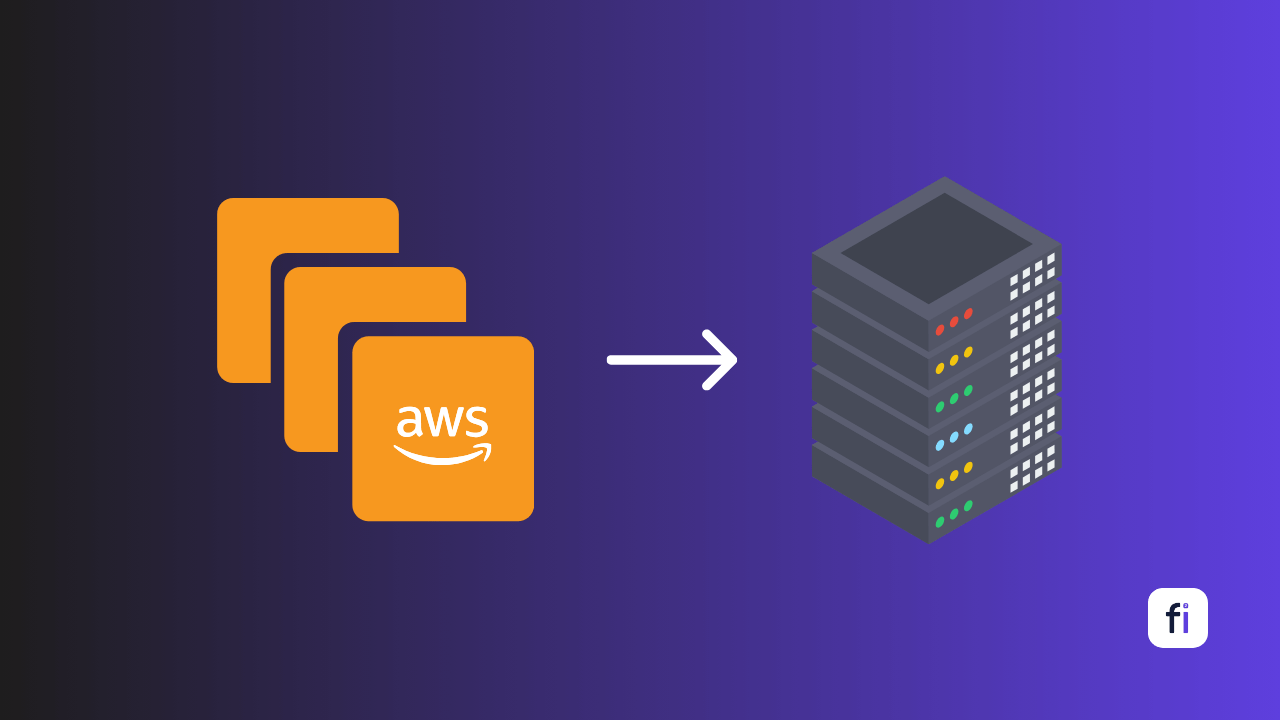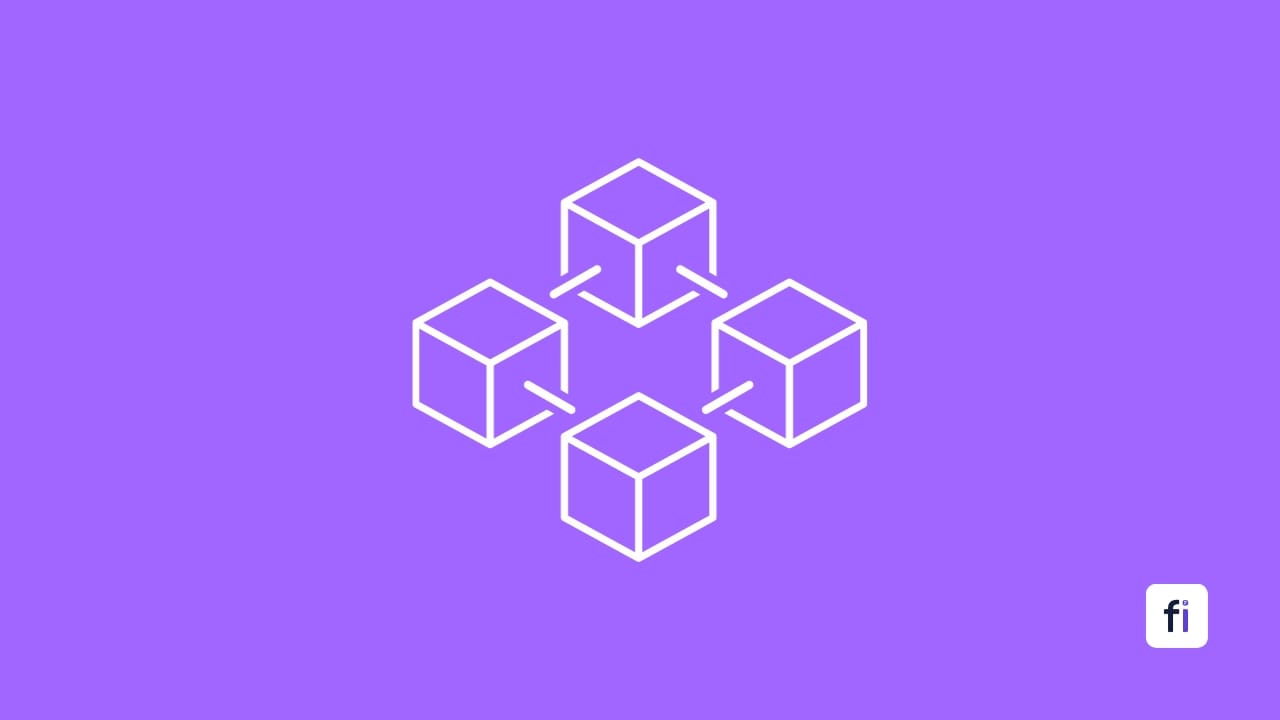Why You Should Use Vectorization Instead of Loops in Python?
Vectorization in Python, particularly with libraries like NumPy, is an advanced technique that significantly enhances the performance of data operations.

I've often come across scenarios where efficiency and speed are of the essence, especially when dealing with large datasets or complex numerical computations. One technique that consistently proves its worth in such situations is vectorization.
I'll explain why vectorization should be your go-to approach over traditional loops in Python, especially when dealing with array operations.
What is Vectorization in Python?
Vectorization, in the context of Python, refers to the use of optimized, pre-compiled functions that can operate on entire arrays or sequences of data at once, instead of processing each element individually. This is particularly effective when using libraries like NumPy, which is designed for efficient numerical computations.
👉🏻 What is NumPy in Python?
NumPy is a Fundamental package for scientific computing with Python:
- ⭐️ Features: N-dimensional arrays, mathematical functions, random number generators, and more
- 🔄 Interoperability: Supports various hardware and computing platforms
- 📊 Ecosystem: Integral part of data science, machine learning, and visualization libraries


1. Efficiency and Speed
The first and most compelling reason to use vectorization is its speed. Python, being an interpreted language, can be somewhat slow when executing traditional loops, especially with large data sets. Each iteration in a loop involves type checking and function dispatching, which adds overhead.
On the other hand, vectorized operations are implemented in C, allowing you to leverage the efficiency of compiled code.
For example, when you use a vectorized operation to add two arrays, the operation is applied over the entire array in a single step, rather than adding each pair of elements individually.
Loop-Based Addition
import numpy as np
a = np.random.rand(1000000)
b = np.random.rand(1000000)
result = np.empty(len(a))
for i in range(len(a)):
result[i] = a[i] + b[i]
It took approximately 1.13 seconds. This loop-based approach is not only more verbose but also slower.
Vectorized Addition
import numpy as np
a = np.random.rand(1000000)
b = np.random.rand(1000000)
result = a + b
It took only about 0.013 seconds.
The vectorized version is not only more concise but significantly faster.
In a test, the loop-based approach took approximately 1.13 seconds, whereas the vectorized approach took only about 0.013 seconds – more than 85 times faster.
2. Readability and Maintenance
Another advantage of vectorization is the readability and ease of maintenance of your code. Vectorized operations allow you to write less code and express complex operations more succinctly and clearly. This leads to fewer errors and a codebase that’s easier to understand and maintain.
3. Consistency and Reliability
Vectorized operations, being part of well-tested libraries like NumPy, offer consistency and reliability. They are less prone to errors compared to custom loop-based implementations, where issues like off-by-one errors can creep in.
When to Use Vectorization in Python?
Vectorization is most beneficial when dealing with numerical computations on arrays or matrices. Whether you’re performing arithmetic operations, statistical computations, or even more complex linear algebra, vectorization can provide significant speed-ups.
However, it's important to note that vectorization is not a silver bullet. There are scenarios, particularly where operations have to be applied conditionally or where data is not uniformly structured, where traditional loops or list comprehensions might be more appropriate.




